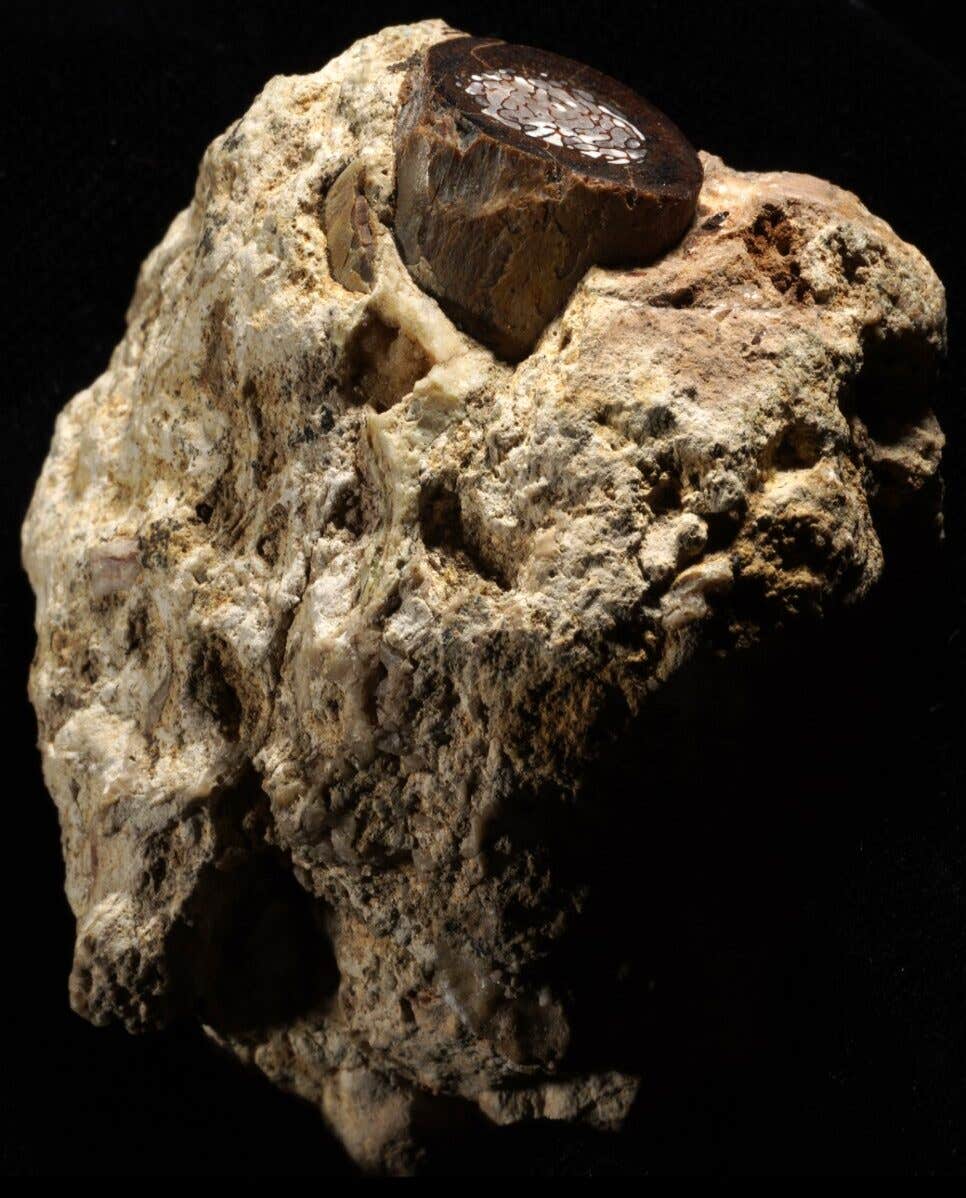Harvard researchers introduce new tool for diagnosing cancer
When it comes to diagnosing, staging, and assessing cancer, for more than a century pathologists have relied on histology.

[June 24, 2023: Staff Writer, The Brighter Side of News]
Researchers have developed a new tool that merges structural details with molecular information about tumors. (CREDIT: Creative Commons)
For more than a hundred years, the intricate realm of cancer diagnostics, staging, and assessment has been inextricably bound to the microscope. This potent instrument has enabled pathologists to delve into the microscopic universe of cells and tissues, discerning vital patterns indicative of the insidious disease. However, this paradigm is set to be profoundly transformed, courtesy of an innovative tool developed by a team led by Harvard Medical School researchers.
This tool, known as Orion, heralds a new era in cancer pathology by supplementing traditional histologic information with molecular insights, thereby offering a more comprehensive understanding of a tumor's type, behavior, and likely treatment response. The development of Orion and the possibilities it unlocks are the subject of a report published in Nature Cancer.
Orion is an avant-garde digital imaging platform that synergizes information gleaned from traditional histology with molecular imaging details on a tumor sample. With this tool, the researchers were able to analyze more than 70 colorectal cancer tumor samples, achieving a rich overlay of histological and molecular insights about each one.
This fusion of data allowed the identification of specific combinations of tumor features, or biomarkers, common in patients with severe disease, thus pointing towards the potential trajectory of the cancer.
Related Stories
Commenting on the implications of this development, Sandro Santagata, HMS associate professor of pathology at Brigham and Women’s Hospital and co-senior author on the paper with Peter Sorger, said, "This work is a critical next step for taking the principles about tumor features that we are developing in the research space and turning them into a tool that is actually useful in the clinic."
The team is optimistic that further refinement of Orion will provide additional details about tumors or other patient samples, making treatment more patient-specific and optimized.
Orion in Action: A Test Drive into the Future of Pathology
Sorger, Santagata, and their team have dedicated years to the development and improvement of imaging tools for human tissue samples. Their pioneering study detailed in Cell employed a multiplexed imaging technique called cyclic immunofluorescence (CyCif), alongside traditional histological staining of tumor samples, to map colorectal cancer in unprecedented detail. These invaluable maps have been made freely accessible to the global scientific community, offering insights into the spatial arrangement, formation, progression, and interactions with various immune cells of these tumors.
The Orion tool combines molecular details revealed by immunofluorescence imaging (left) with structural information gained through traditional histology staining (middle) to create a new image (right) of a tumor sample. Pathologists can use the integrated image to delve deeper into the details of a tumor, with the ultimate goal of improving cancer diagnosis and treatment. (CREDIT: Sorger and Santagata labs)
Not content to stop there, the researchers then turned their attention to bringing these imaging tools into the clinical setting. The outcome of this endeavor is Orion. In collaboration with RareCyte, study lead author Jia-Ren Lin, platform director in the Laboratory of Systems Pharmacology at HMS, designed a digital imaging platform capable of swiftly collecting and analyzing both traditional histological and multiplex immunofluorescence images from a single tissue sample.
This groundbreaking tool melds two key modalities of examination. Hematoxylin and eosin (H&E) staining, which highlights crucial structural features that pathologists use to determine a cancer's severity and stage, is merged with multiplex immunofluorescence that uses fluorescent-tagged antibodies to label important molecular features. This integration results in a single, comprehensive digital image that fuses both techniques. "Orion fully merges the two modalities, so that you can go back and forth on a single slide and say, OK, I see that feature in H&E, and now I can figure out what molecular markers are also present. It’s remarkable," enthused Santagata.
With Orion, pathologists can identify an area of interest on a tumor sample based on molecular details from immunofluorescence imaging, and overlay structural information using a “lens” of histology staining (circle). In this case, the histology lens hovers over the border where normal cells (left) transition into colorectal tumor cells (right). Immunofluorescence imaging identifies specific types of immune markers present (various colors), while histology staining shows how immune cells (purple) are clustered around glands in the intestine (white ovals inside circle). (CREDIT: Santagata and Sorger labs)
In a pilot study, the researchers used Orion on tumor samples from 74 colorectal cancer patients split into two groups. The tool's ability to integrate detailed information from both modalities allowed them to identify a specific combination of features or biomarkers that predicted the likelihood of cancer progression.
Mapping the Future of Cancer Diagnostics and Beyond
While Orion is still in its infancy, its early results are already promising. The researchers plan to refine the platform by testing it on larger patient groups, scaling its capabilities, and reducing the costs associated with its usage. Additionally, they aim to extend its use to other cancers such as lung cancer and melanoma, as well as conditions like kidney disease and neurodegenerative diseases that could benefit from dual histologic and molecular profiling.
One of Orion's most exciting potentials is its capacity to identify new biomarkers based on molecular and structural characteristics of a sample. These biomarkers can be divided into prognostic ones that predict patient outcomes, and predictive ones that foresee patient responses to specific drugs. With Orion, these can be assessed simultaneously.
This tool’s vast capabilities could help oncologists more accurately profile a patient’s tumor and develop a more personalized treatment plan. In addition to informing new avenues for fundamental scientific research in the laboratory, the insights from Orion could be integrated into artificial intelligence tools being developed to support pathologists and oncologists.
Another crucial aspect of Orion's ongoing evolution involves working closely with different types of pathologists and oncologists to meet their specific needs. In this regard, the team maintains consistent communication with physicians at Brigham and Women’s Hospital and Dana-Farber Cancer Institute.
"The future of diagnostic pathology is digital, and this work could not only transform how clinicians diagnose cancer, but also change how we train the diagnosticians of tomorrow," opined John Aster, the HMS Ramzi S. Cotran Professor of Pathology and deputy chair of pathology at Brigham and Women’s. Santagata concluded, "Every pathology field has a set of molecular questions that have remained unanswered, and now we have a tool that can start to provide some answers."
Note: Materials provided above by The Brighter Side of News. Content may be edited for style and length.
Like these kind of feel good stories? Get the Brighter Side of News' newsletter.



